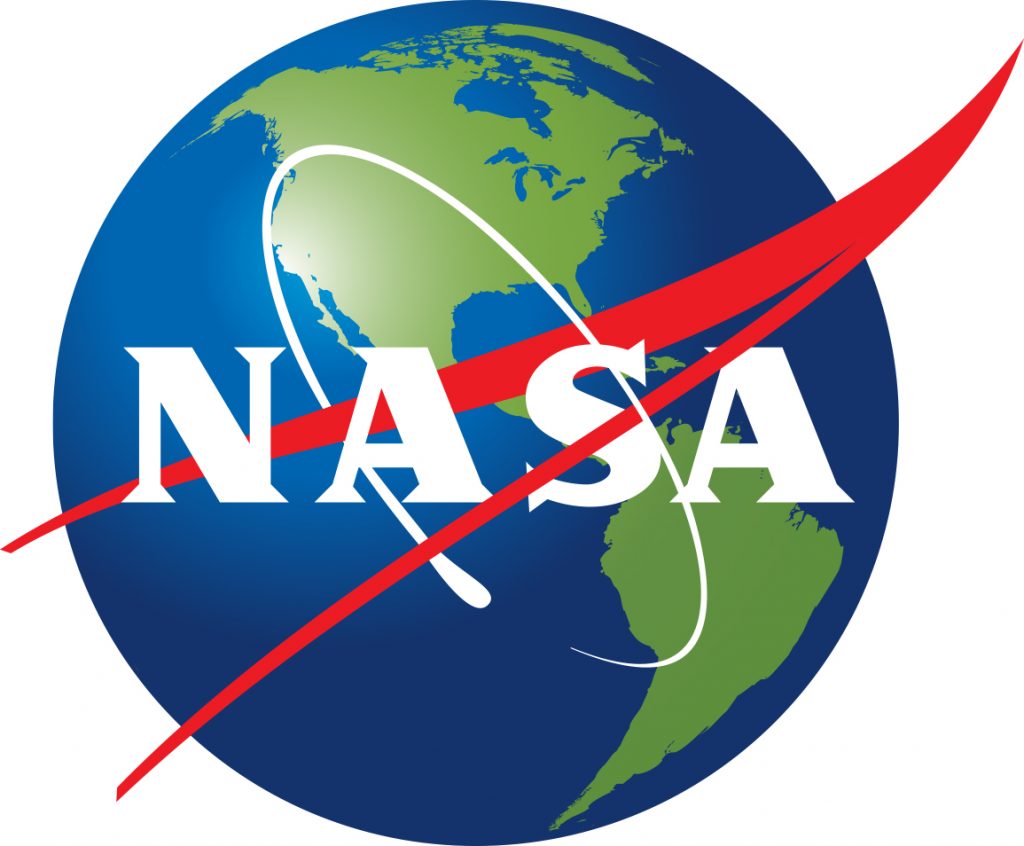Since the 1960s, scientists from NASA and NOAA, using a combination of satellite, aircraft and balloon measurements, have worked together to study the ozone layer, which acts like a sunscreen for Earth, blocking harmful ultraviolet rays emitted by the Sun.
In 1985, scientists reported a hole forming in the ozone layer over Antarctica. The culprit? Chlorofluorocarbons (CFCs), commonly used as a propellant and refrigerant, were reacting with and depleting ozone molecules in the presence of ultraviolet light.
 In response to the discovery, in 1987 nations of the world agreed to the landmark Montreal Protocol on Substances that Deplete the Ozone Layer. The Protocol limited the release of ozone-depleting CFCs into the atmosphere. Since then, the ozone hole has shown signs of healing, as NASA and NOAA have observed a decrease of CFCs in the atmosphere.
In response to the discovery, in 1987 nations of the world agreed to the landmark Montreal Protocol on Substances that Deplete the Ozone Layer. The Protocol limited the release of ozone-depleting CFCs into the atmosphere. Since then, the ozone hole has shown signs of healing, as NASA and NOAA have observed a decrease of CFCs in the atmosphere.
